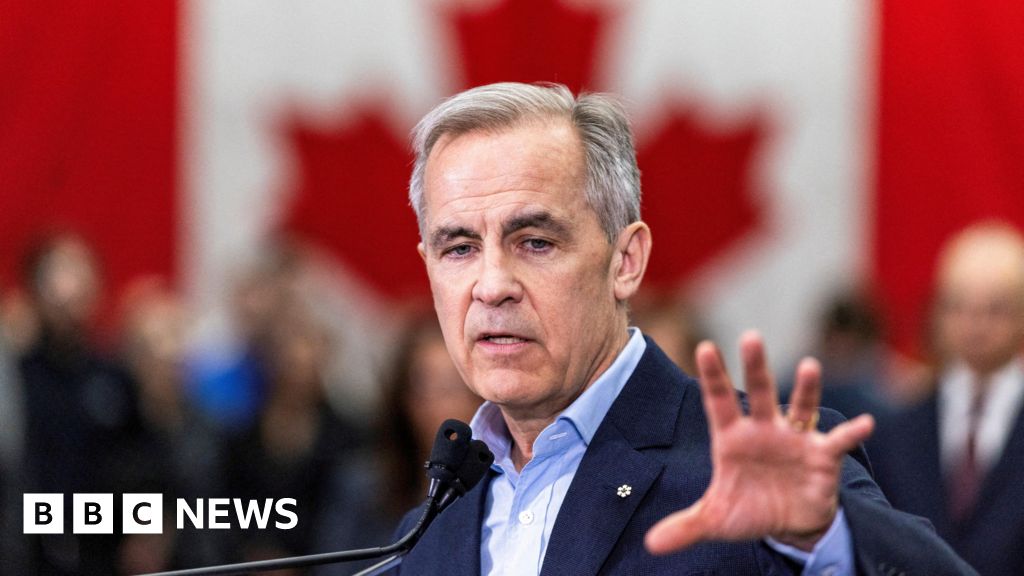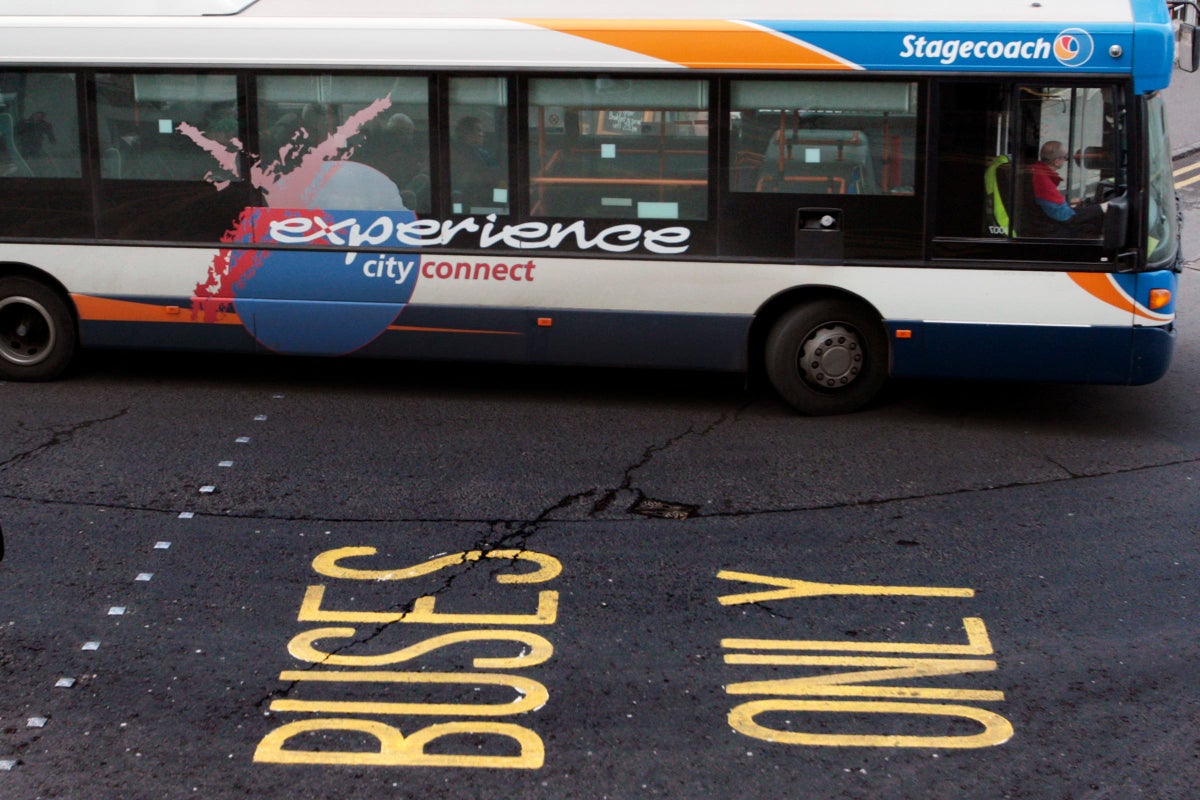When “good enough” costs too much

Customer retention is more than a buzzword—it is a proven driver of sustainable growth and profitability. Sounds like common sense? Think again. Customer churn is on the rise.
Yet, while many organizations recognize the value of keeping customers, far fewer appreciate the full spectrum of losses that arise when performance is merely “good enough.” The hidden costs of unremarkable customer experience—lost profit margins, missed cross-sell opportunities, shorter customer lifespans, fewer referrals, and reduced purchase volumes—can quietly erode the bottom line. These losses are often multiplied by the ripple effects of customer complaints or service failures, which extend far beyond immediate transaction.
The well-proven benefits of customer retention
Despite the overwhelming evidence, many companies still chase short-term sales incentives or focus on launching “new and improved” products, neglecting the reliable, long-term value of customer loyalty. They view retention as a binary effort—keeping the customers or losing them. In reality, it is not. Under the surface of customer relationships, there are further opportunities to capture and enhance the strength and longevity of the relationships.
- Cost efficiency: Acquiring a new customer is five to seven times more expensive than keeping an existing one. This makes retention a far more efficient use of marketing and operational resources.
- Revenue growth and profitability: The first product you sell to a customer is usually not the last one you hope to sell. Business growth from existing customers and improved margins are directly linked to the value delivered in the first sales interaction. If it was boringly predictable, the customers will not be interested in growing the relationships. What would the impact on your business be if every customer decides to purchase one more product?
- Customer lifetime value (CLV): The longevity of a customer relationship is another critical dimension of the health of the relationship and the power of retention. What will the impact on your business be if a customer decides to extend their lifetime by one more year?
- Predictability results in smart investment: Loyal customers provide steady, recurring revenue, enabling better forecasting and strategic investments. Such stability allows you to invest in new products, adapt new technologies, and expand into new markets—as opposed to reserving your investments and staying behind. What will you do differently if you would be provided with revenue stability?
- More customers, by referrals: Referrals are gold. But how many of them do you actually receive? What would the impact on your business be if 505 of your new customers came from previous customers? What would you customer acquisition cost look like? What would you do with the savings?
These benefits show that the path to profitability is often shortest when it focuses on reducing the currency and maximizing customer value.
Boring performance leads to further losses
If the benefits of retention are not compelling enough, the hidden costs of mediocrity should be. Deciding to take the customer for granted and delivering less than remarkable value comes with a price. You thought you saved money. Think about the hidden losses you have created. Too often, companies see customers as single product or service purchasers, not as long-term partners with substantial lifetime value. This narrow view leaves significant value on the table and blinds organizations to the deeper financial consequences of failing to deliver exceptional experiences.
1. Tougher negotiations—greater profit compromises
When customer experience is boringly predictable, price becomes the primary battleground. Disappointed customers are more likely to demand discounts or concessions, eroding profit margins. In B2B environments, this effect is even more pronounced, as clients leverage the threat of switching to competitors to negotiate deeper discounts. The absence of a differentiated, memorable experience makes it easy for customers to walk away—or to squeeze suppliers on better terms.
2. Loss of future products purchases
Customers, unimpressed by their experience, are unlikely to explore additional products or services. Cross-selling and upselling options are routinely missed when the customer relationship is transactional rather than relational. Research consistently shows that personalized and relevant recommendations drive sales, but mediocre experiences stifle these opportunities.
3. Losses in customer relationship longevity
Unremarkable experiences accelerate customer churn. Each lost customer represents not just a single transaction, but the entire future value of that relationship. Companies that accept churn as a cost of doing business, rather than a solvable problem, forfeit millions in potential revenue and incur additional costs to replace lost customers.
4. Loss of future customers’ referrals
Referrals are the gold standard of customer endorsement. Exceptional experiences inspire real recommendations that bring in new customers with no acquisition cost. Conversely, dissatisfied customers are not only less likely to recommend—they are more likely to share negative experiences, amplifying reputational damage and deterring potential new business.
5. Reduction in purchase volume
Customers who receive unremarkable value often reduce their spending over time, spreading purchases across multiple vendors to minimize risk. Without a compelling reason to consolidate business, companies lose out on the larger share of wallet that comes from loyal, engaged customers.
Why hidden losses persist
If the financial case is so clear, why do so many organizations fail to prioritize customer retention and experience? Several factors contribute:
- Short-term focus: Shareholder and leadership pressure often drive companies to pursue quick wins at the expense of long-term investment in customer relationships.
- Inertia: Many organizations assume customers will tolerate mediocre experiences rather than switch, underestimating the ease with which customers can move to competitors.
- Fragmented ownership: Customers are often “owned” by different departments—marketing, sales, service—without a unified view of lifetime value or coordinated retention strategy.
- Lack of definition: Few companies have a clear, actionable definition of what constitutes an exceptional customer experience, making it difficult to set goals or measure progress.
- Incomplete data: Without comprehensive data on customer behavior and value, organizations struggle to make informed decisions about where to invest in experience improvements.
- Product-centric culture: A focus on products and features, rather than customer needs and journeys, relegates the customer to an afterthought.
- Misaligned metrics: Traditional satisfaction scores may not accurately reflect the true impact of customer experience on retention and growth.
- Missing tools and training: Employees often lack the resources, training, and empowerment needed to deliver truly exceptional experiences.
Boring is not an option
Delivering an unremarkable value to customers is not just an act of taking them for granted and belittling their intelligence. It comes with a heavy price. While customer retention is the cost we see on the surface, it is well understood. The hidden losses from unremarkable performance expose a deeper, more profound case of evaluating the performance. Providing exceptional customer experience is more than about keeping customers. It is about protecting profit margins, unlocking cross-sell potential, extending customer lifespans, generating referrals, and maximizing purchase volume.
In a customer-first economy, investing in exceptional experiences is no longer optional. Organizations must honestly assess their customers commitment, confront the obstacles to delivering on retention strategies, and understand the full scope of losses that come from settling for “good enough.” Only then can they make the strategic decisions necessary to stand out, build lasting relationships, and thrive in a competitive marketplace.
Lior Arussy is the cofounder and chairman of ImprintCX. His latest book is Dare to Author!
What's Your Reaction?
 Like
0
Like
0
 Dislike
0
Dislike
0
 Love
0
Love
0
 Funny
0
Funny
0
 Angry
0
Angry
0
 Sad
0
Sad
0
 Wow
0
Wow
0















































![WellBad pay homage to enduring love on new single “Bucket List” [Video]](https://earmilk.com/wp-content/uploads/2025/05/WellBad2-scaled.jpg)














































